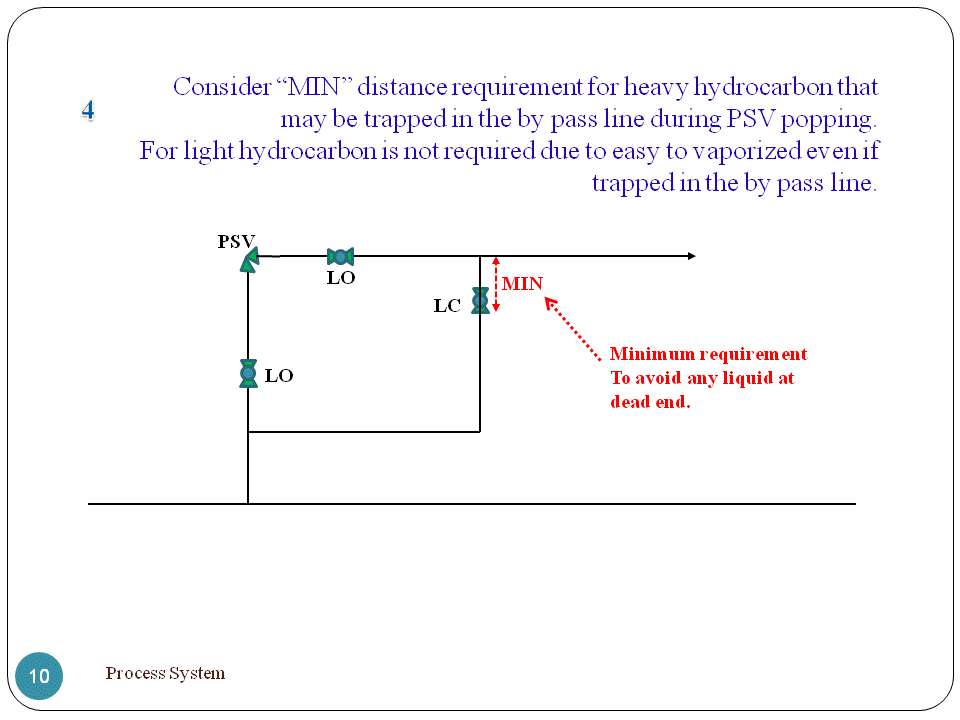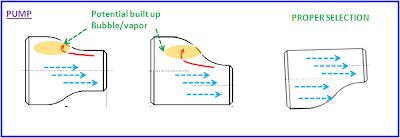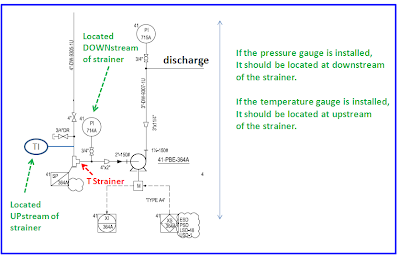Herbal remedy for Scars - a way to reduce Scars the use of Cucumber
sooner or later in time, we start to question why and oftentimes this will result in melancholy in stressing over if there's genuinely a natural remedy for scars. First reality that we need to receive is that there may be truely no permanent elimination of scar. we are able to simply do some hints to make its appearance higher. So earlier than we pass all crazy in thinking of methods to relieve the difficulty, we need to test what we've got within the kitchen that can be a herbal therapy for scars.
Cucumber will be one of the quality herbal treatments for scars. it's miles exceptionally handy in view that it could be bought in any grocery store and it is reasonably cheap. The nice aspect about that is that it is now not acidic accordingly pores and skin inflammation will pretty unlikely occur. you could positioned it for your face indefinitely and it is able to by no means get worse the condition. it's one in every of nature's wonders, a present from above.
First step on this natural therapy for scars the usage of cucumber is making the cucumber paste. You just must peel the cucumber and get rid of its seed earlier than setting it in the blender. when you have available 5 fresh mint leaves and egg white, then better add the ones to create a great cucumber paste aggregate.
as soon as you've got the mixture, next step is to apply it on the affected areas. First, wash the region with heat water and then apply the paste onto the scar. leave it for about 20 mins then wash it with cool water and use easy towel to dry the skin. do this habitually for excellent outcomes.










































